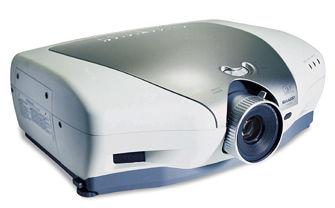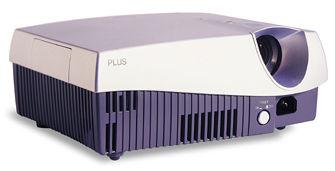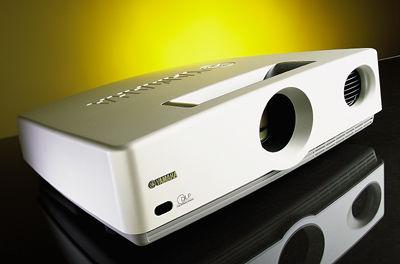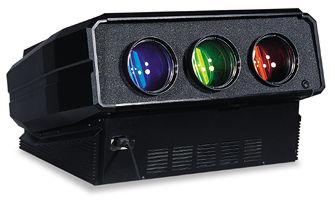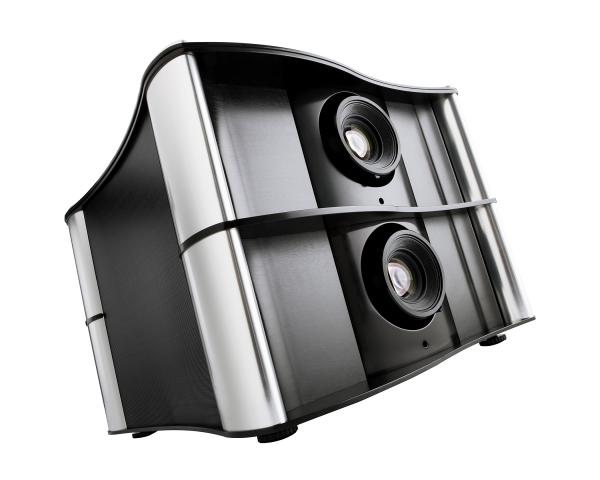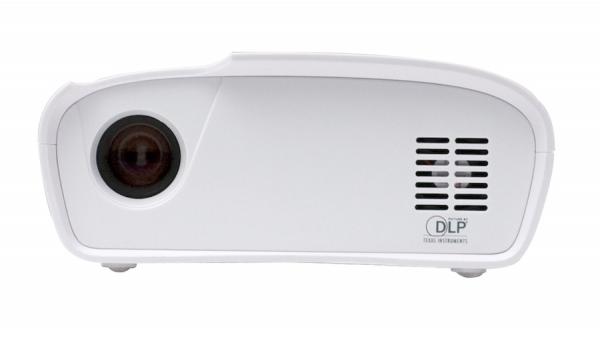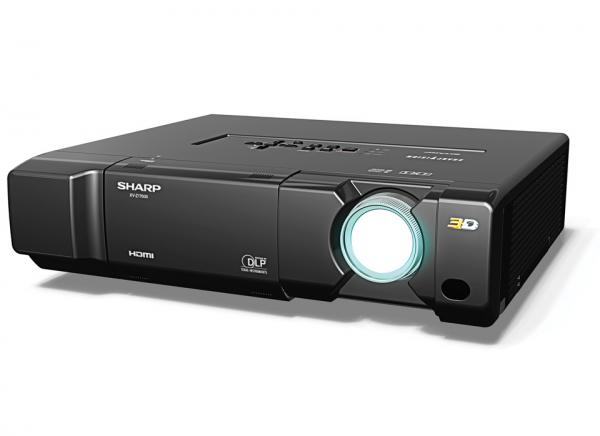|
Jan 03, 2002 |
First Published: Jan 04, 2002
|
Dec 29, 2001 |
First Published: Dec 30, 2001
|
Feb 28, 2001 |
First Published: Mar 01, 2001
|
Jan 18, 2001 |
First Published: Jan 19, 2001
|
Oct 28, 2000 |
First Published: Oct 29, 2000
|
Mar 28, 2000 |
First Published: Mar 29, 2000
|
Mar 23, 2011
